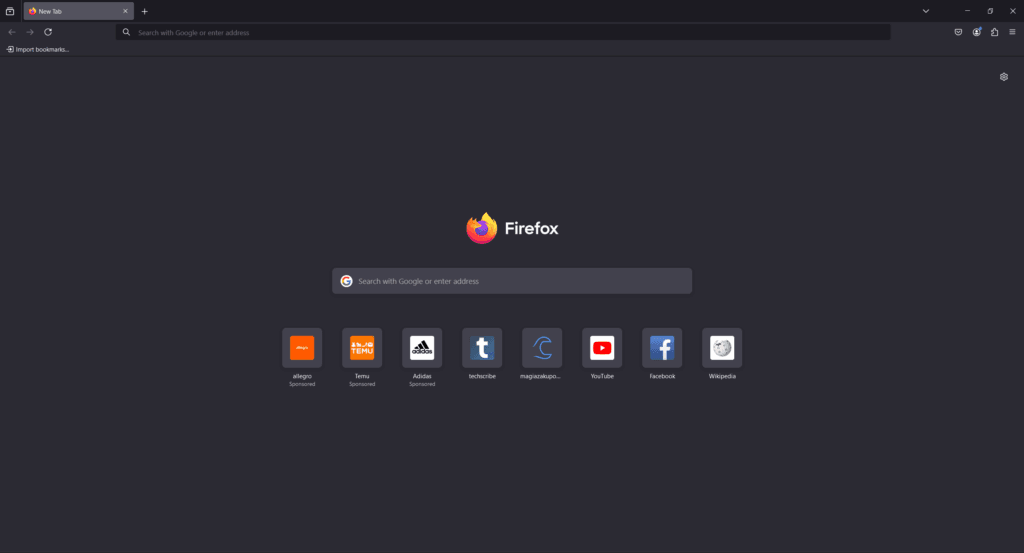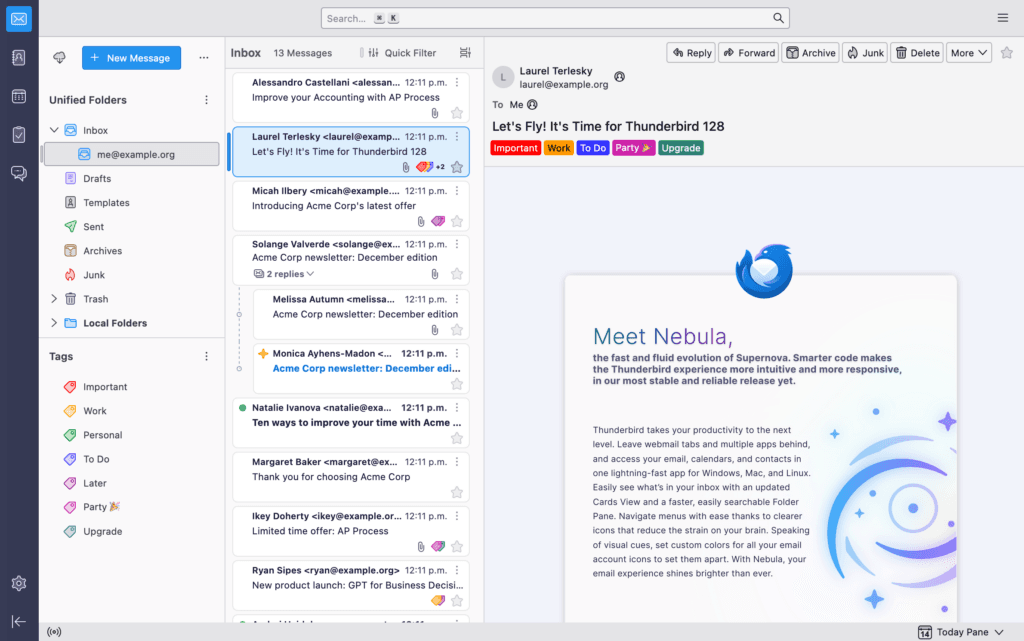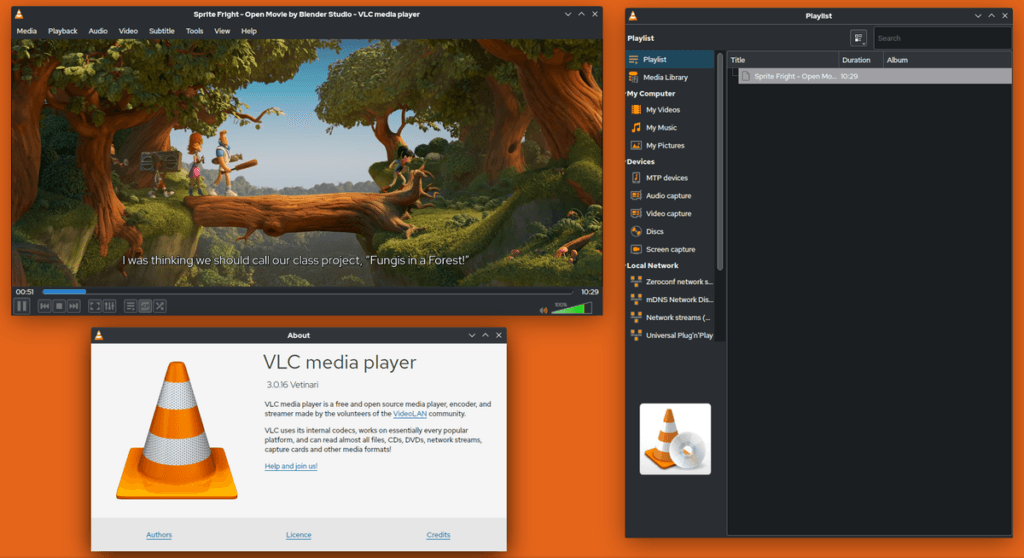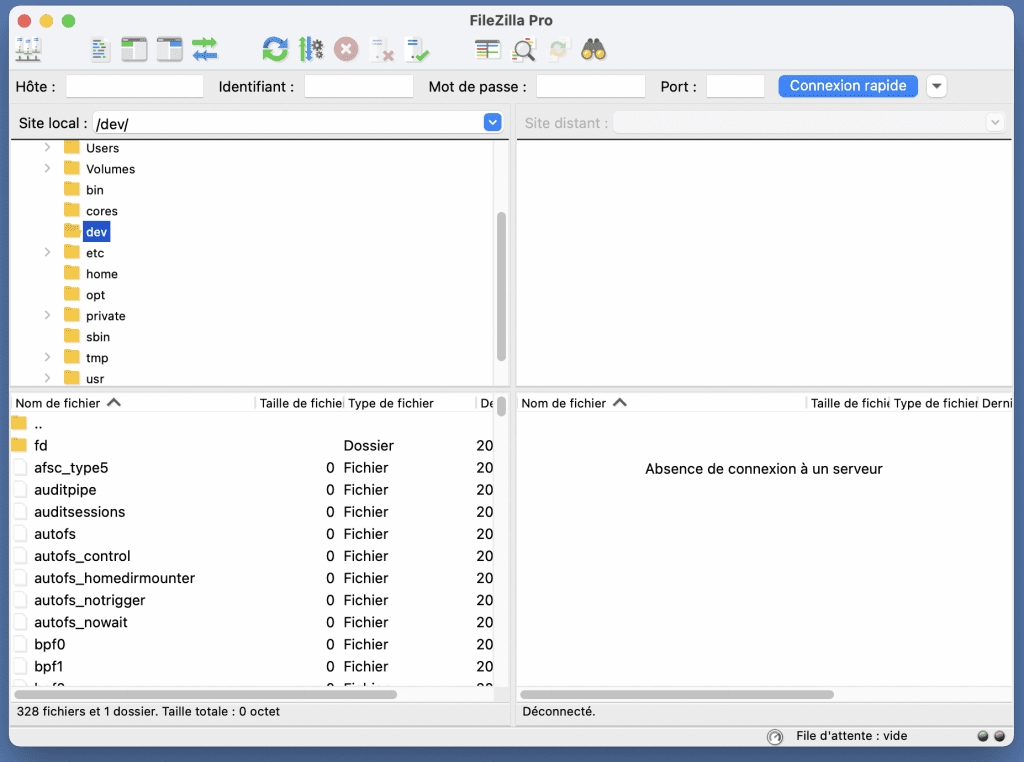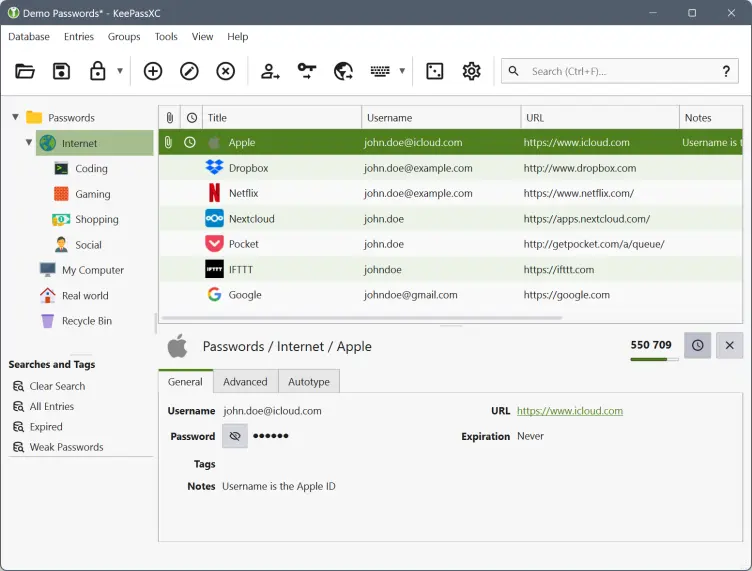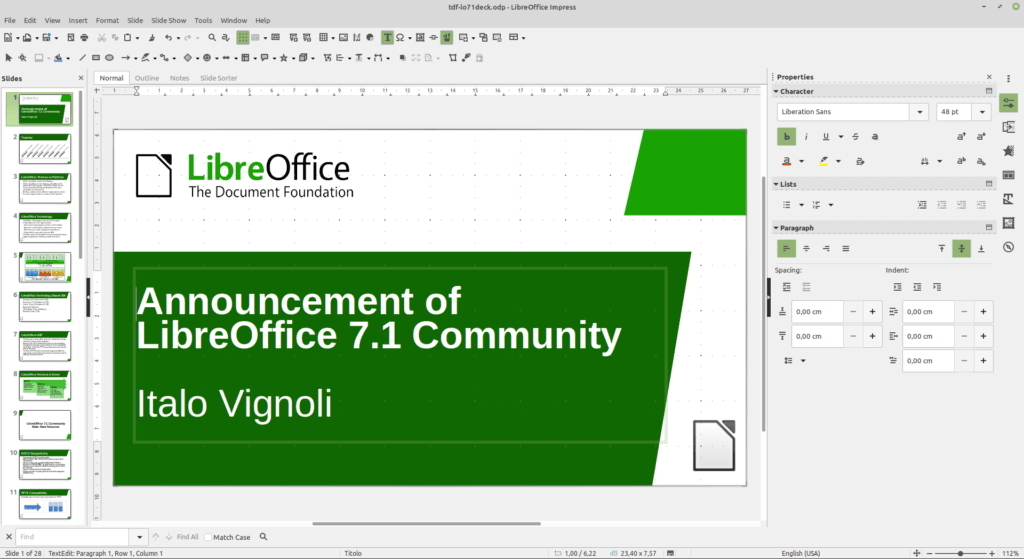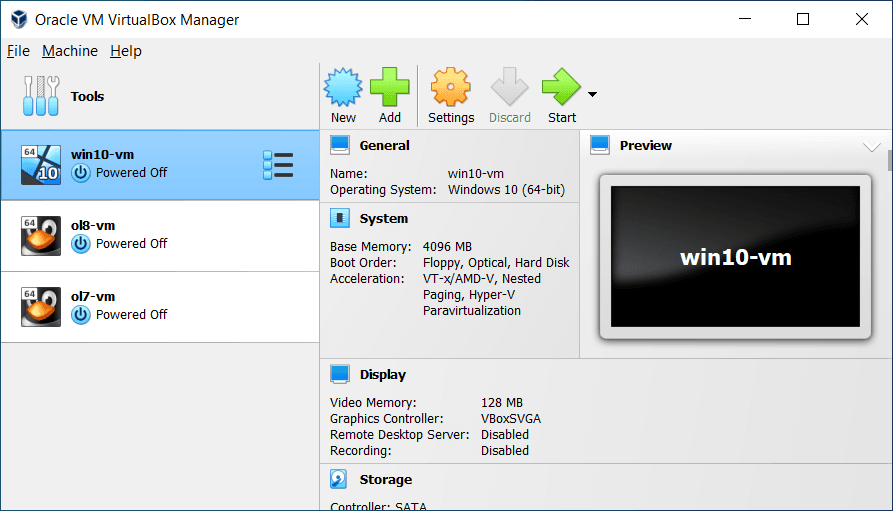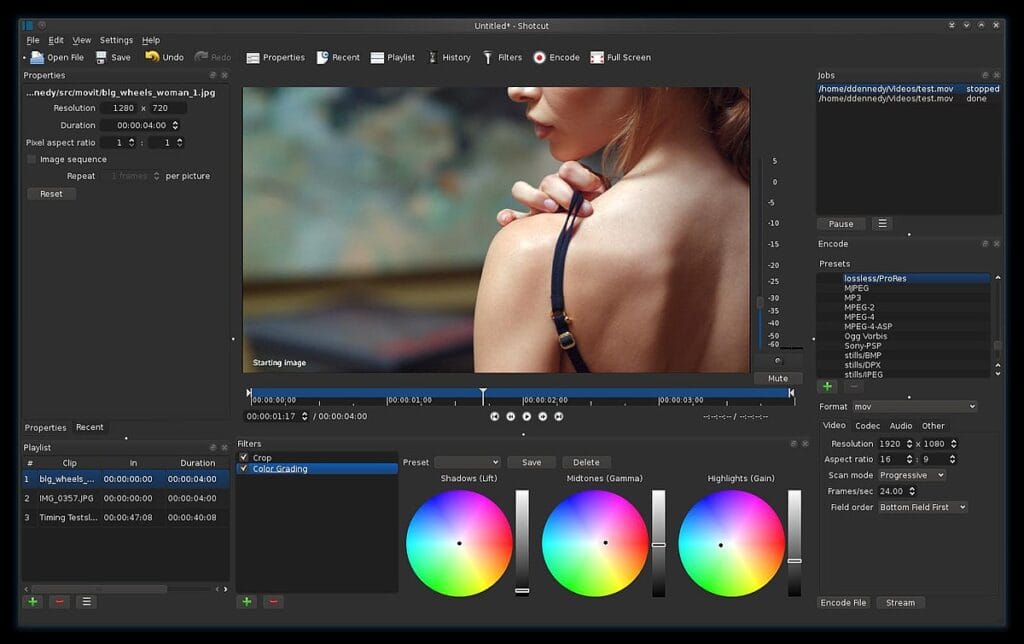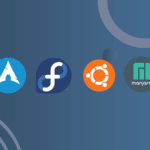What Is Open Source Computer Software?
Open source computer software refers to software that grants users access to its source code—the underlying code that powers the software. Unlike proprietary software, where only the software’s owner can view and modify the code, open source software allows anyone to inspect, change, and share it. This open model promotes collaboration, as developers from around the world can contribute to and improve the software.
With open source, developers can customize software to fit specific needs, fix bugs, and add features without waiting on a commercial provider. Open source computer software also creates a sense of community and shared responsibility, as improvements are frequently shared back with the wider user base.
History of Open Source Computer Software
The roots of open source computer software trace back to the early days of computing when researchers and developers freely shared code. However, by the late 1970s and 1980s, software became increasingly commercialized. In response, software advocates like Richard Stallman founded the Free Software Foundation (FSF) in 1985, championing “free software”—programs that users could freely use, modify, and share.
In the 1990s, the concept of open source gained momentum, largely due to the success of the Linux operating system. Created by Linus Torvalds, Linux became a leading example of open source’s potential. The term “open source” was formally adopted in 1998, marking the beginning of a movement that focused on making software more accessible and collaborative. Today, open source software is foundational in many industries, powering servers, websites, and countless applications.
Uses and Applications of Open Source Computer Software
Open source computer software is versatile, serving numerous purposes across diverse fields. Some of its key applications include:
- Business and Enterprise: Companies use open source software for everything from managing databases to operating servers. Examples include server software like Apache and business tools like LibreOffice.
- Education and Research: Schools and universities leverage open source software for learning, data analysis, and development projects. Python, R, and Jupyter notebooks are widely used in research environments.
- Web Development: Open source tools like WordPress and Joomla are popular for creating websites. Developers rely on languages like PHP, JavaScript libraries, and frameworks to build dynamic sites.
- Creative and Media Production: Artists and creators use open source tools for photo editing, 3D modeling, audio editing, and video editing
Open source software provides accessible, cost-effective tools that are widely used for both professional and personal purposes.
Advantages and Disadvantages of Open Source Computer Software
Advantages:
- Cost Savings: Open source software is often free, reducing software costs significantly.
- Flexibility and Customization: Users can modify the source code to customize software as needed.
- Community Support: Open source projects usually have active communities that provide help, create tutorials, and develop plugins and extensions.
- Security: Since anyone can review the code, open source software is often considered more secure because security flaws are more likely to be quickly identified and fixed.
Disadvantages:
- Limited Official Support: Unlike proprietary software, which typically has dedicated customer support, open source relies on community support.
- Compatibility Issues: Open source software might not always integrate seamlessly with proprietary tools.
- Steep Learning Curve: Open source tools can be complex, requiring time to learn.
Popular Open Source Computer Software
Below are some of the most popular open source software options, each serving a unique function and widely used across various fields:
- GIMP (GNU Image Manipulation Program): A powerful image editing tool, similar to Photoshop, used for photo retouching, editing, and image composition.
- Mozilla Firefox: A web browser known for its speed, security, and extensive library of add-ons.
- Mozilla Thunderbird: An email client offering robust features like email management, filtering, and customization.
- VLC Media Player: A media player supporting a wide range of audio and video formats, popular for its versatility.
- Audacity: An audio editing software, often used for recording and editing podcasts, music, and other audio projects.
- Blender: A comprehensive 3D graphics suite used for modeling, animation, simulation, and rendering. It’s commonly used in game design, film, and visual effects.
- FileZilla: A file transfer protocol (FTP) client that simplifies file uploads and downloads, often used by web developers.
- Inkscape: A vector graphics editor similar to Adobe Illustrator, used for creating scalable vector graphics (SVG) files.
- Krita: A digital painting software favored by illustrators and concept artists for its specialized brush engines and drawing tools.
- KeePassXC: A password manager that securely stores and organizes passwords, supporting strong encryption.
- LibreOffice: An office suite alternative to Microsoft Office, including tools for word processing, spreadsheets, presentations, and databases.
- VirtualBox: A virtualization software allowing users to run multiple operating systems simultaneously on a single machine.
- 7-Zip: A file archiving program that compresses files efficiently, supporting many file formats like ZIP and RAR.
- Shotcut: A video editing tool that supports various formats and includes advanced features like multi-track timeline editing.
Each of these programs is freely available, offering powerful alternatives to paid proprietary software options.
Conclusion
The popularity of open source computer software reflects a global trend towards collaboration, transparency, and user control. From web browsers to multimedia production and graphic design, open source tools are available for nearly every need. They offer flexibility, cost savings, and the ability to be customized by their users, making them an appealing choice for individuals and businesses alike.
Whether you’re looking to reduce software costs, explore new creative tools, or support community-driven innovation, open source software provides a wealth of options. As technology continues to evolve, open source is likely to remain a central part of the digital landscape, driving innovation and offering an inclusive approach to software development and usage.



